Global Spaces of Chinese Labor
Exhibition / Public Programming / Oslo Norway / Oslo Architecture Triennale
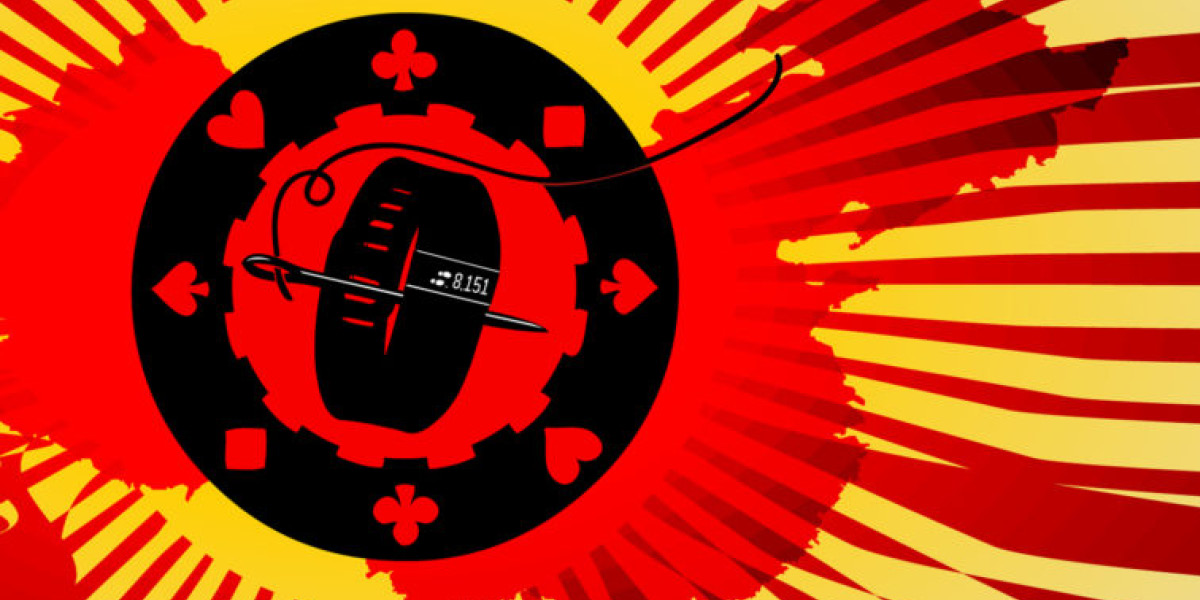
Global Spaces of Chinese Labor, Title Banner. Credit: Felipe Ridao
E X H I B I T I O N
GLOBAL SPACES OF CHINESE LABOR
November 7 - 18 2016; Oslo Architecture Triennale, Oslo, Norway (Organized by Mei-Lun Xue, with S. Fan and Ryan Luke Johns)
Global Spaces of Chinese Labor was born from an interest in the sites of the Chinese diaspora, specifically how those places belong to those seeking work, and are thus defined by labor and not leisure.
In several Chinese immigrant communities, laborers have demonstrated an unprecedented agency in the modifications to their quotidian architecture.
In Montville, Connecticut USA, a single family home is subdivided to reflect the 24 hour work cycle of its casino worker occupants. In Prato, Italy, a factory incorporates church worship and fellowship spaces encircling a semi-enclosed kitchen.
The architectural ramifications are manifold. In breaking free of anticipated uses, architecture reflects the nefarious conditions of an underprileged working class, but also hosts the moments of repose that laborers' have been able to assert their own authority.
Architecture, like the body of the worker, becomes a contested terrain of individuation. In this case, SWEATer takes on the characteristics of architecture in mimetic formation. The sweater signifies the wearer's search for self improvement against the alienation of his capitalist existence. It is an expression of his need to reclaim virtuosity in his identity rather than in the end product of his labor.
The cases in this show posit architecture as a method of self assessment, and calls architects to analyze and protect the evolving spaces of immigrant communities. In so doing, we hope to subvert the definition of architecture as an instrument of power.
Special thanks to Felipe Ridao, Tuva Langfeldt, and Antipodes Cafe.
L E C T U R E
November 10, 2016; National Museum - Architecture; Oslo, Norway
Presenter: Valerio Barberis, Urban Planning Commissioner, Prato, Italy
Respondents: Mei-Lun Xue and S. Fan
Special thanks to the National Museum and the Italian Cultural Institute

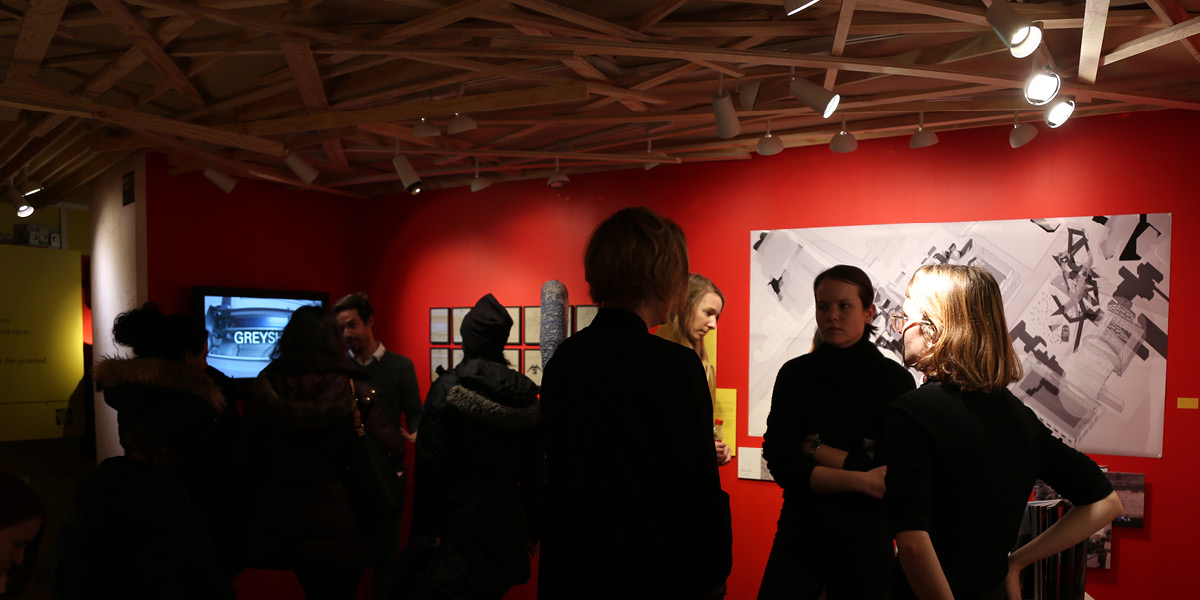
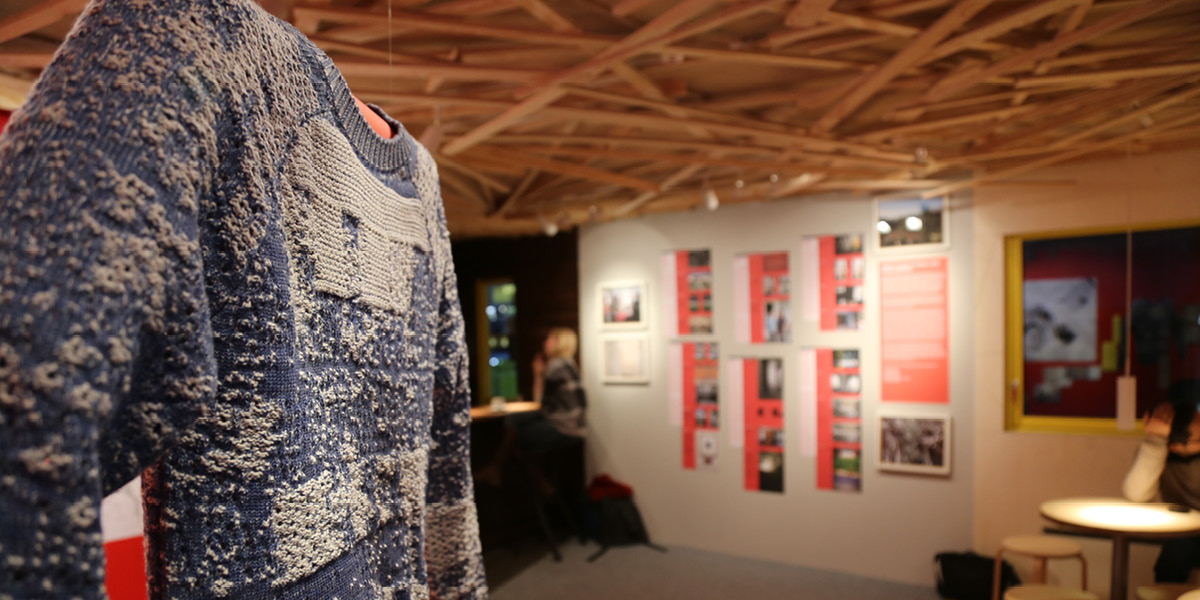
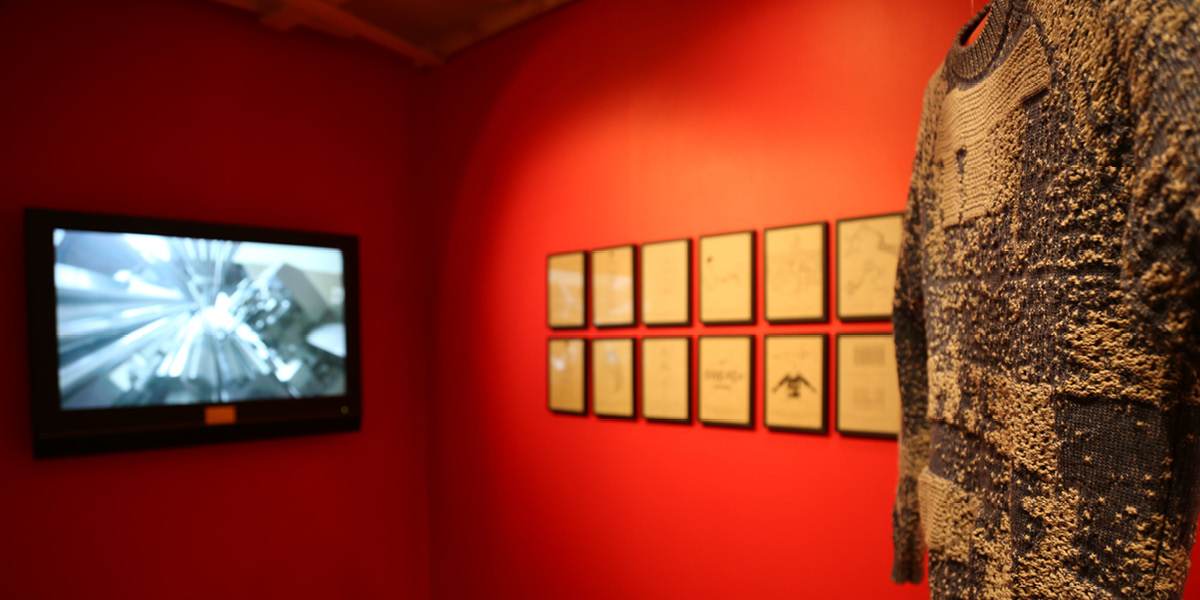
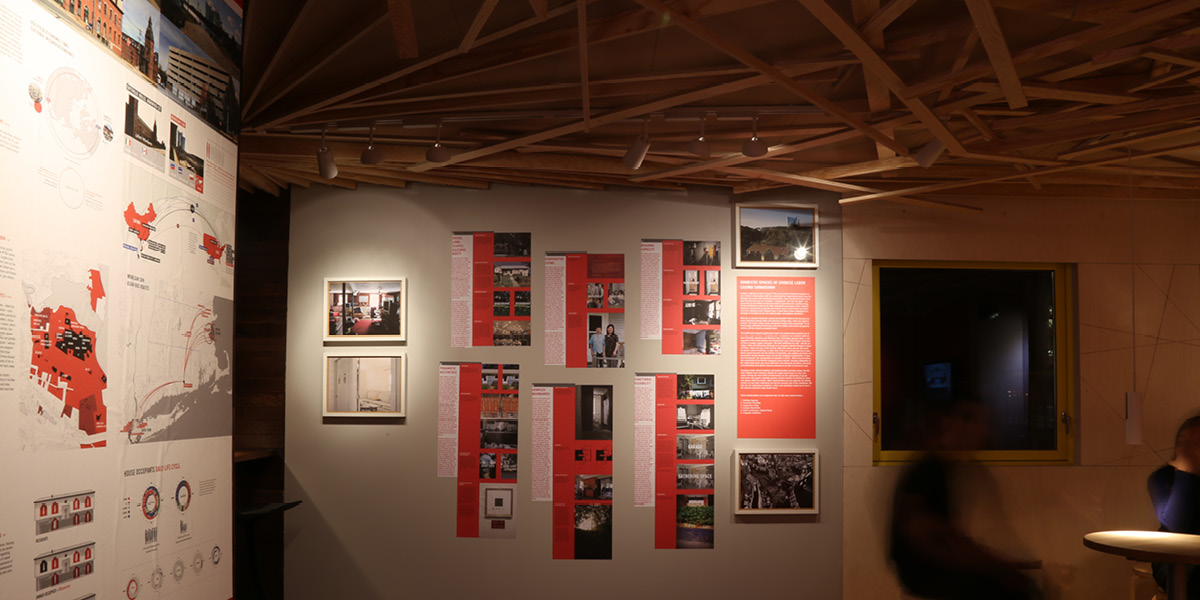
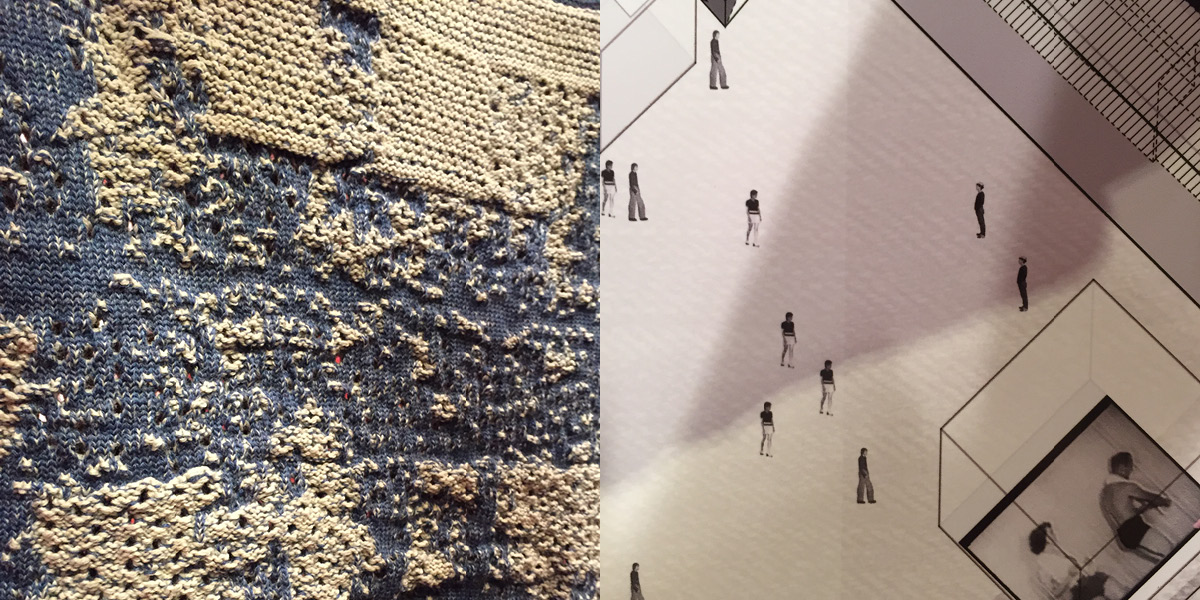
Detail: SWEATer by Ryan Luke Johns (L); Prato by Mei-Lun Xue (R)
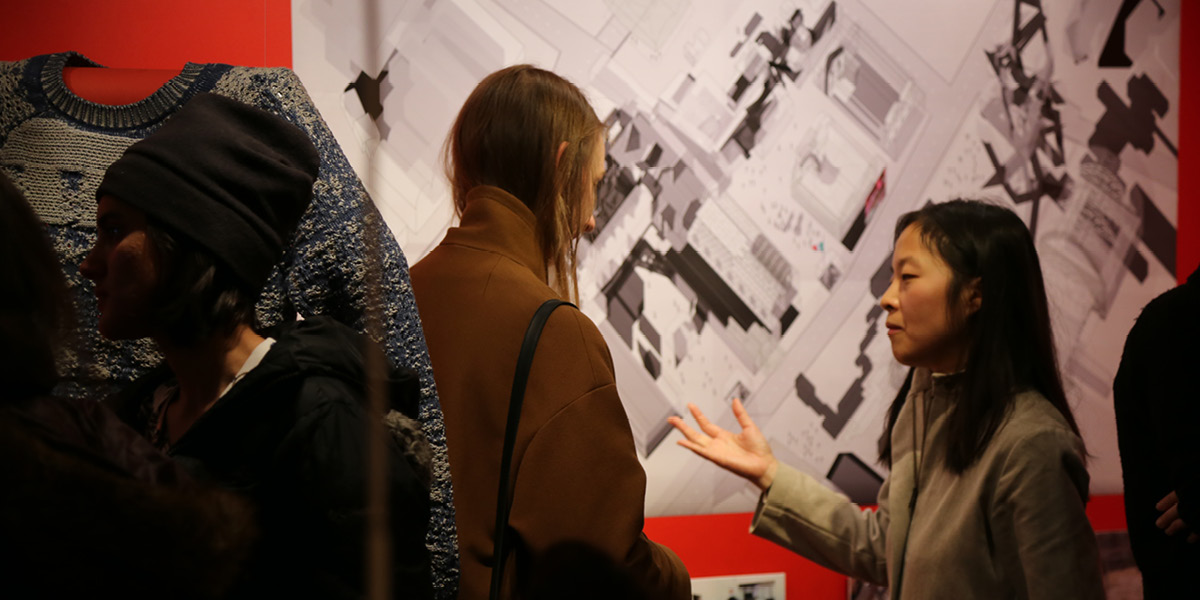
Mei-Lun Xue
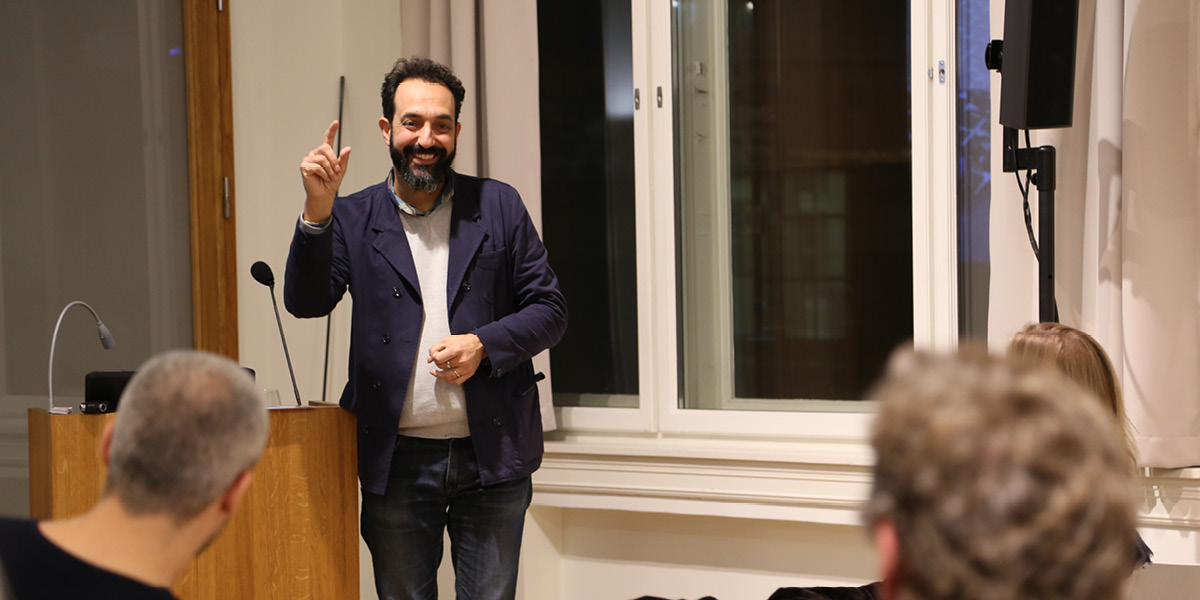
Lecture by Valerio Barberis, Urban Planning Commissioner of Prato